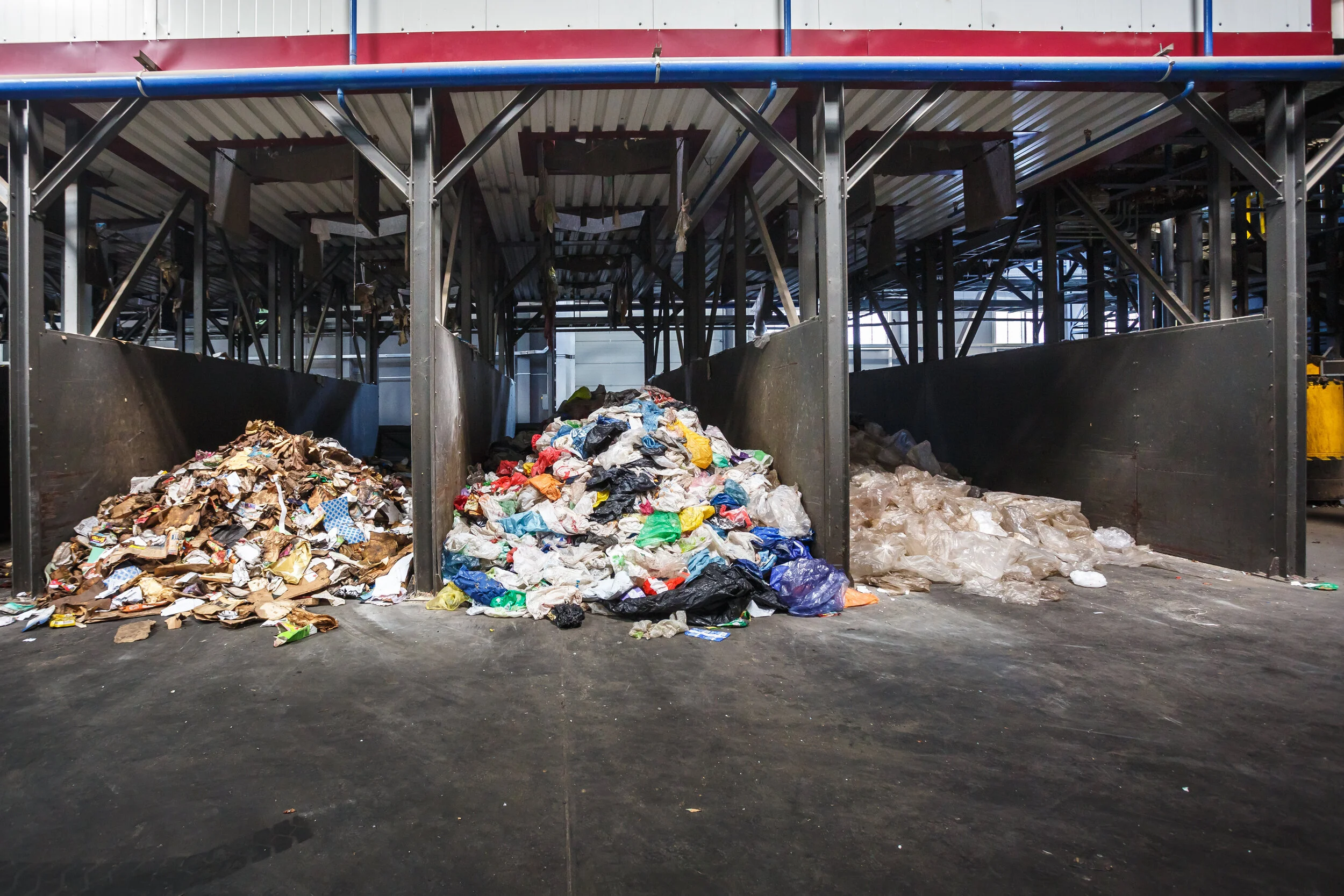Where Does Your Rubbish Go After Decluttering?
Most people barely think about what happens to the waste products once the waste management companies collect them. But if you’re environmentally conscious, this is one question you must be asking yourself as you try and check your carbon footprint. If this is the case, you’ll be glad to know we’ll be highlighting what happens to the waste products after disposing of them.
With these useful insights, you’ll be in a position to determine how to sort your waste products between recyclables such as paper and garden waste plus non-recyclables glass, and plastics, paper. Here are the four areas where the rubbish taken from your home will find itself eventually.
1. Recycling
According to an expert in Bondi rubbish removal, recycling is the most accessible and environmentally friendly form or waste disposal. The increased level of environmental degradation is one reason why recycling has been embraced by different countries worldwide. This is because it’s linked to several benefits, including;
Reduced waste materials being deposited into landfills
Conserve fossil fuels through the energy used in making products and as raw materials
Once your waste is collected by the staff at Same-Day Rubbish Removal company, it’s taken to the local recycling points within your area. Here, recycling will start, and the typical household materials that are will be involved in the different processes are;
Glass: This material is usually categorized depending on its colour, after which it gets crashed and melted into new jars and bottles. Thanks to this process, making brand new items is avoided making it not only resource-efficient but also saves on energy. Moreover, this recycled glass can be used in road surfacing and fibre-glass.
Paper – This recycling process entails crushing at the mills, and later on, the staples, inks, and other items get washed out. The thickness of the pulp is then reduced by passing it through wire meshes. After that, it’s dried and rolled into reels.
Plastic: There are different kinds of plastics, and most are usually sorted and then crashed into flakes. Consequently, these flakes are cleaned and melted, after which they’ve converted into a broad category of new plastic.
Aerosols and cans: These waste products are usually arranged, compressed, melted, and later on rolled into sheets. The extract steel is recycled to be used in a broad range of uses such as making new cans, used in the construction industry, or fridge manufacturing. On the other hand, aluminium is sold to the can makers, where it will then be used to make cans.
Over the years, recycling has become a more popular method of dealing with waste products due to its eco-friendliness.
2. Trash Incinerators
The other area where your rubbish gets taken after decluttering your home is the trash incinerators. These incinerators are massive industrial furnaces that come in a unique design that enables the burning of municipal solid waste. The volume of the waste material shrinks by 95%, saving up considerable space in the landfill. This is achieved because temperatures inside the main combustion chamber of the trash incinerators usually reach 1,800 degrees Fahrenheit, with this high enough to ensure every waste is converted into ash.
3. Landfill
For hazardous or hazardous waste products such as asbestos, which can’t be used in recovering energy, landfills are the most suitable disposal location. These landfills are made from flexible plastic skin and comprise layers of lined clay. This makes them not an ideal place for breaking down waste products but instead storing the waste. Landfalls are filled with pipes and drain passing across the different layers to collect the waste fluid that’s been produced by the waste material.
Over time, the landfill will become full. When this happens, a sheet of plastic is placed over it. The area is then covered with soil and plants to make the area to be a lot more pleasing to the eye. The waste products underneath will then, over time, start to gradually decompose, but this process usually takes some time because the environment doesn’t contain any oxygen.
4. Anaerobic Digesters
This waste-to-energy conversion method is an effective way of dealing with waste products. Anaerobic digesters involve a biological process whereby microorganisms are used to convert organic materials into fertilizer and energy. Anaerobic digesters are, in most cases, used in farms because organic wastes can be easily found. In some cases, waste from grocery stores, restaurants, or entire estates is accepted for anaerobic digestion.
Wastewater treatment plants in energy production also use anaerobic digesters for a local power grid. But instead of using agricultural waste or food, these wastewater companies use organic-rich sewage.
Takeaway
The question of where your waste goes away after disposing of it one many people ask themselves. This comprehensive post has highlighted the different places where waste materials end up if this is something that drew your curiosity. With more people concerned about the environment, you’ll be pleased that these mentioned above help guarantee ecological sustainability.


